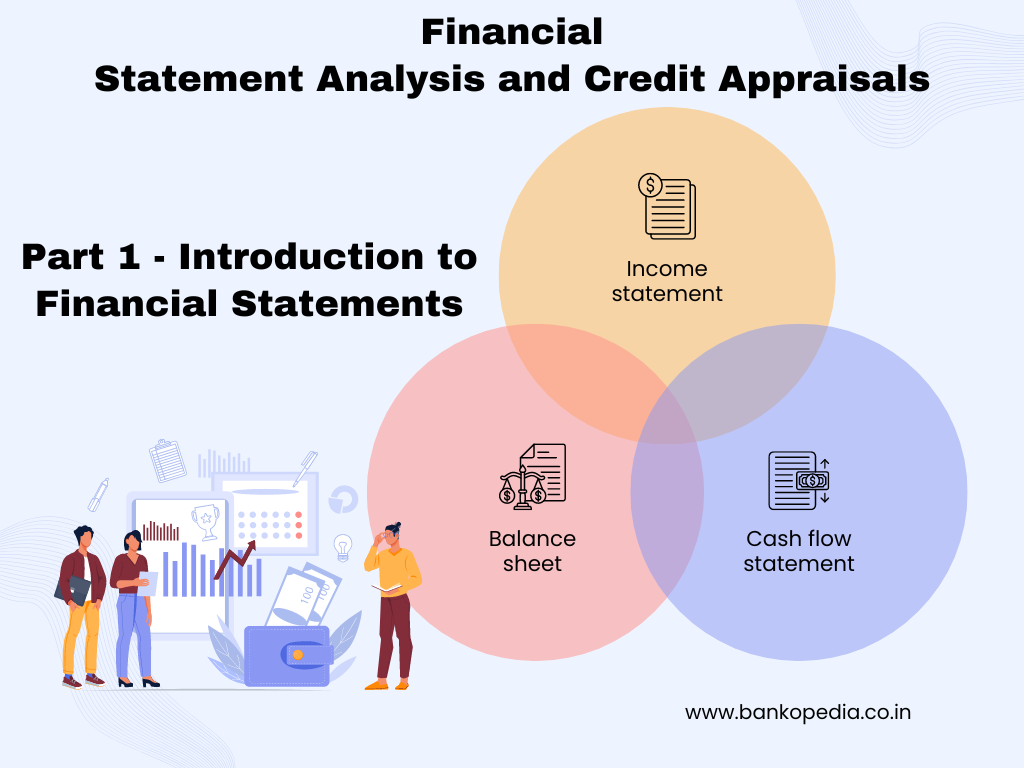The Indian banking system is a complex and diverse network of financial institutions that plays a crucial role in the country’s economic development. With a rich history dating back to the 18th century, the Indian banking sector has evolved significantly over the years, adapting to changing economic landscapes and embracing technological advancements. This comprehensive guide, brought to you by Bankopedia, aims to provide a detailed overview of the Indian banking system, its structure, the transformations it has undergone, and the future prospects it holds.
Join our Telegram Channel for Daily PDF in your Inbox – Click Here
Table of Contents
Structure of the Indian Banking System
The Indian banking system is broadly categorized into scheduled and non-scheduled banks. Scheduled banks are those that are listed in the Second Schedule of the Reserve Bank of India Act, 1934. These banks are further classified into various categories based on their ownership, functions, and reach.
Commercial Banks
Commercial banks are the primary players in the Indian banking system. They are responsible for providing a wide range of banking services, including accepting deposits, granting loans, and offering various financial products. Commercial banks can be further divided into three sub-categories:
Public Sector Banks
Public sector banks are majority-owned by the government of India. The State Bank of India (SBI) and its associates, along with other nationalized banks like Punjab National Bank (PNB) and Bank of Baroda (BoB), fall under this category. These banks have a significant presence across the country and play a vital role in implementing government policies and initiatives.
Private Sector Banks
Private sector banks are owned and managed by private entities. These banks have gained prominence since the liberalization of the Indian economy in the 1990s. ICICI Bank, HDFC Bank, and Axis Bank are some of the leading private sector banks in India. These banks are known for their customer-centric approach, innovative products, and efficient service delivery.
Foreign Banks
Foreign banks are international banks that operate in India through their branches or wholly-owned subsidiaries. These banks bring global best practices and expertise to the Indian banking system. Citibank, HSBC, and Standard Chartered Bank are some of the notable foreign banks operating in India.
Cooperative Banks
Cooperative banks are financial institutions that operate on cooperative principles. They are owned and controlled by their members, who are also their customers. Cooperative banks primarily cater to the needs of rural areas, small industries, and farmers. They operate at various levels, including state, district, and primary (village) levels. The Maharashtra State Cooperative Bank and the Gujarat State Cooperative Bank are examples of state-level cooperative banks.
Regional Rural Banks
Regional Rural Banks were established under the Regional Rural Banks Act, 1976, with the objective of providing banking services in rural and semi-urban areas. These banks focus on promoting financial inclusion and supporting the development of agriculture and allied activities. RRBs are jointly owned by the central government, state government, and the sponsoring commercial bank. Examples of RRBs include Punjab Gramin Bank and Madhya Bihar Gramin Bank.
Small Finance Banks
Small Finance Banks are a relatively new addition to the Indian banking system. These banks were introduced in 2015 with the aim of providing financial services to underserved sections of the society, such as small business units, small and marginal farmers, micro and small industries, and unorganized sector entities. Small Finance Banks are required to extend 75% of their Adjusted Net Bank Credit (ANBC) to the priority sector. Examples of Small Finance Banks include AU Small Finance Bank and Equitas Small Finance Bank.
Payment Banks
Payments Banks are another recent innovation in the Indian banking landscape. These banks were introduced in 2015 to promote financial inclusion by providing basic banking services, accepting deposits, and facilitating remittances. Payments Banks primarily operate through mobile platforms and are not allowed to lend money. They aim to reach the unbanked and underbanked population, particularly in rural areas. Examples of Payments Banks include Airtel Payments Bank and Paytm Payments Bank.
Reserve Bank of India
At the apex of the Indian banking system is the Reserve Bank of India (RBI), the country’s central bank. Established in 1935, the RBI is responsible for regulating and supervising the entire banking system in India. Some of the key functions of the RBI include:

- Monetary Policy: The RBI formulates and implements monetary policy to manage inflation, maintain price stability, and support economic growth.
- Currency Management: The RBI is the sole authority for issuing currency notes and managing the currency in circulation.
- Foreign Exchange Management: The RBI manages the country’s foreign exchange reserves and regulates cross-border transactions.
- Bank Supervision: The RBI oversees the operations of all banks in India, ensuring their compliance with regulations and maintaining the stability of the banking system.
- Financial Inclusion: The RBI plays a crucial role in promoting financial inclusion by encouraging banks to expand their reach and provide banking services to underserved areas and populations.
Transformations in the indian banking system
The Indian banking system has undergone significant transformations over the years, driven by economic reforms, technological advancements, and changing customer preferences.
- Liberalization and Privatization
The economic liberalization of the 1990s marked a significant shift in the Indian banking sector. The entry of private sector banks and foreign banks brought increased competition, innovation, and efficiency to the system. The privatization of public sector banks, though limited, has also been a part of this transformation. - Technological Advancements
The advent of technology has revolutionized the Indian banking system. The introduction of core banking solutions, automated teller machines (ATMs), internet banking, mobile banking, and digital payment platforms has transformed the way banking services are delivered and consumed. The launch of the Unified Payments Interface (UPI) in 2016 has been a game-changer, enabling instant inter-bank transactions through mobile devices. - Financial Inclusion
Expanding financial inclusion has been a key focus area for the Indian banking system. Initiatives like the Pradhan Mantri Jan Dhan Yojana (PMJDY), which aims to provide universal access to banking facilities, have brought millions of unbanked individuals into the formal banking system. The RBI’s mandate for banks to open branches in unbanked areas and the introduction of small finance banks and payments banks have further contributed to financial inclusion efforts. - Risk Management and Regulatory Compliance
The Indian banking system has also witnessed a greater emphasis on risk management and regulatory compliance. The implementation of the Basel III norms, which require banks to maintain higher capital buffers and adhere to stricter risk management practices, has strengthened the resilience of the banking system. The RBI has also taken steps to address the issue of non-performing assets (NPAs) and improve the asset quality of banks.
Future of the indian banking system
The future of the Indian banking system looks promising, with several trends and developments shaping its trajectory.
- Digital Transformation
The ongoing digital transformation of the banking sector is expected to accelerate in the coming years. The adoption of emerging technologies like artificial intelligence, blockchain, and cloud computing will enable banks to offer more personalized and efficient services. The growth of fintech companies and their collaboration with traditional banks will further drive innovation in the sector. - Financial Inclusion 2.0
While significant progress has been made in expanding financial inclusion, there is still a long way to go. The future of financial inclusion in India will focus on providing not just access to banking services, but also on enhancing financial literacy and enabling meaningful financial participation. The use of technology, particularly mobile-based solutions, will play a crucial role in reaching the last mile. - Consolidation and Mergers
The Indian banking system is likely to witness further consolidation and mergers, particularly among public sector banks. The merger of ten public sector banks into four entities in 2020 is an indication of this trend. Consolidation is expected to create larger and stronger banks that can compete effectively in the global market. - Sustainable Finance
Sustainable finance, which integrates environmental, social, and governance (ESG) considerations into financial decision-making, is gaining traction globally. The Indian banking system is also expected to embrace sustainable finance practices, with a greater focus on financing renewable energy projects, green infrastructure, and socially responsible investments. - Customer-Centricity
The future of banking in India will be driven by customer-centricity. Banks will need to focus on understanding and meeting the evolving needs and preferences of their customers. The use of data analytics and customer insights will be crucial in designing personalized products and services. Banks will also need to prioritize customer experience and engagement across all channels, both physical and digital.
Conclusion
The Indian banking system has come a long way since its inception, evolving into a robust and diverse network of institutions that serve the financial needs of the country. The structure of the system, with its various types of banks and regulatory oversight by the RBI, provides a strong foundation for growth and stability. The transformations witnessed in recent decades, driven by liberalization, technology, and financial inclusion efforts, have reshaped the banking landscape.
As India aspires to become a $5 trillion economy, the role of the banking system in supporting this growth cannot be overstated. The future of Indian banking holds immense potential, with digital transformation, financial inclusion 2.0, consolidation, sustainable finance, and customer-centricity being the key drivers. By embracing these trends and adapting to the changing needs of the economy and society, the Indian banking system can continue to be a catalyst for inclusive growth and development.
As Bankopedia continues to provide comprehensive insights and information on the Indian banking system, it remains committed to empowering individuals and businesses with the knowledge they need to navigate this dynamic sector. With a deep understanding of the past, present, and future of Indian banking, Bankopedia is your trusted partner in making informed financial decisions and contributing to the growth story of India.











